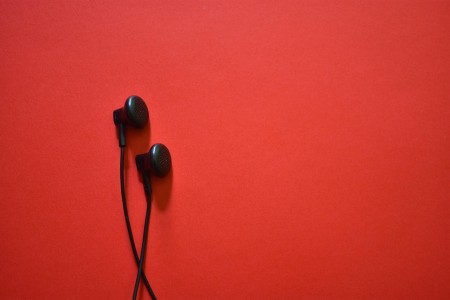In a world increasingly filled with noise, the quest for peace and quiet has led many to explore various solutions, one of the most effective being noise-cancelling earplugs. These innovative devices are designed to help individuals find solace in environments that are otherwise filled with disruptive sounds. Whether it’s the constant hum of city life, the roar of a crowded airplane, or the chatter in an open office, noise-cancelling earplugs provide a barrier to external disturbances. As people seek ways to improve their focus, relaxation, and overall well-being, understanding the functionality and benefits of these earplugs becomes essential.
Noise-cancelling technology is primarily based on the principles of sound wave interference. When a sound wave enters the earplug, the device generates a sound wave that is the exact opposite phase of the incoming noise. This process effectively cancels out the unwanted sound, allowing the user to experience a significant reduction in ambient noise levels. This technology can be particularly beneficial in environments where silence is golden, such as during meditation or while trying to sleep in a noisy area.
The materials used in noise-cancelling earplugs play a crucial role in their effectiveness. Many earplugs are made from soft foam, which not only conforms to the shape of the ear canal but also provides passive noise isolation. This means that even without the active noise-cancelling technology, the earplugs can block out a considerable amount of sound simply by being inserted into the ear. The combination of passive and active noise cancellation creates a powerful barrier against disruptive sounds.
Comfort is another significant aspect to consider when choosing noise-cancelling earplugs. Since these devices are often worn for extended periods, they need to be designed with user comfort in mind. Many brands offer earplugs in various sizes and shapes to accommodate different ear anatomies. Additionally, some earplugs come with adjustable features, allowing users to customize the fit for maximum comfort and effectiveness.
The effectiveness of noise-cancelling earplugs can vary based on several factors, including the type of noise being blocked. For example, low-frequency sounds, such as the rumble of an airplane engine, are often more effectively cancelled than high-frequency sounds, like voices or alarms. Therefore, when selecting earplugs, it’s important to consider the specific environments in which they will be used. Some models may be better suited for travel, while others may excel in office settings or at home.
In terms of applications, noise-cancelling earplugs are versatile tools used in various settings. Travelers often rely on them to enhance their flying experience by drowning out engine noise and the chatter of fellow passengers. Students and professionals use them in libraries and offices to improve concentration by minimizing distractions. Even individuals with sensory sensitivities can benefit from wearing these earplugs in crowded or loud environments, helping them to manage overstimulation.
Despite their many benefits, there are some considerations to keep in mind when using noise-cancelling earplugs. For instance, prolonged use can sometimes lead to discomfort or a feeling of pressure in the ears. Users should also be aware of their surroundings when wearing earplugs, as they may not hear important sounds, such as alarms or calls for attention. It is essential to find a balance between noise cancellation and situational awareness.
As technology continues to advance, the future of noise-cancelling earplugs looks promising. Innovations in materials and design are likely to improve comfort and effectiveness. Additionally, there is potential for integrating smart technology, allowing users to customize their listening experience through mobile applications. This could lead to personalized soundscapes that not only block unwanted noise but also enhance desired sounds, such as music or nature sounds.
In light of the growing awareness of mental health and the importance of quiet spaces, noise-cancelling earplugs have become more than just a convenience; they are a tool for promoting well-being. The ability to create a personal oasis of calm can help individuals manage stress, improve sleep quality, and enhance productivity. As more people recognize the value of sound management, the demand for effective noise-cancelling solutions will continue to rise.
The significance of noise-cancelling earplugs in today’s noisy world cannot be overstated. They offer a practical solution for individuals seeking peace in their lives. As research progresses, future studies could explore the long-term effects of using these devices on mental health and productivity. Additionally, investigating the impact of different designs and technologies could lead to even more effective noise-cancelling solutions. Ultimately, the journey towards achieving a quieter, more serene environment is one that deserves ongoing attention and innovation.

